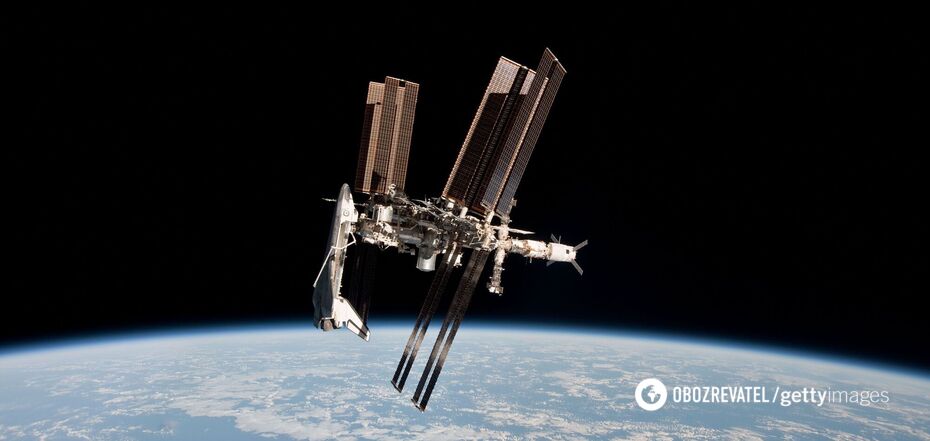News
Japan to launch world's first wooden satellite: what else is unique about it? Photo
Kyoto University and Sumitomo Forestry have announced the completion of LignoSat, the world's first wooden artificial satellite. The development of LignoSat began in April 2020 and is made of magnolia wood.
LignoSat will launch from the Kennedy Space Center in Florida to the International Space Station in September. The deployment from the Japanese experimental module Kibo is scheduled for about a month later, The Japan Times reports.
The satellite was developed from magnolia wood because of its strength and suitability for work. This was decided after space tests conducted on cherry, birch, and magnolia shavings. The wood was obtained from the forest of Sumitomo Forestry.
The 10-cubic-centimeter probe was assembled using traditional Japanese technology that does not require any screws or glue and is equipped with external solar panels. Ground tests have confirmed that the wood will not have a negative impact on the health and safety of astronauts, as well as on precision equipment and optical components.
The LignoSat project aims to combat space debris and promote more environmentally friendly space activities. Current international regulations require that satellites re-enter the atmosphere after completing their missions to avoid becoming space junk. Conventional satellites pose a risk of air pollution due to metal particles generated during re-entry. Wooden satellites that burn during reentry are expected to mitigate this effect.
"Expanding the potential of wood as a sustainable resource is important. We aim to create human habitats using wood in space, such as on the Moon and Mars, in the future," said Takao Doi, a professor at Kyoto University and astronaut.
Within six months after the launch, data will be collected on the expansion and contraction of wood, internal temperature, geomagnetism, and the operation of electronic equipment. This data, received by the Kyoto University communications station, will inform the development of the second LignoSat-2 satellite.
Sumitomo Forestry will also study the results to understand how wood breaks down at the nanoscale in order to develop technology to prevent wood degradation and create new ways to use wood, including high-strength materials for outdoor buildings.
Only verified information is available on the OBOZ.UA Telegram channel and Viber. Do not fall for fakes!




























